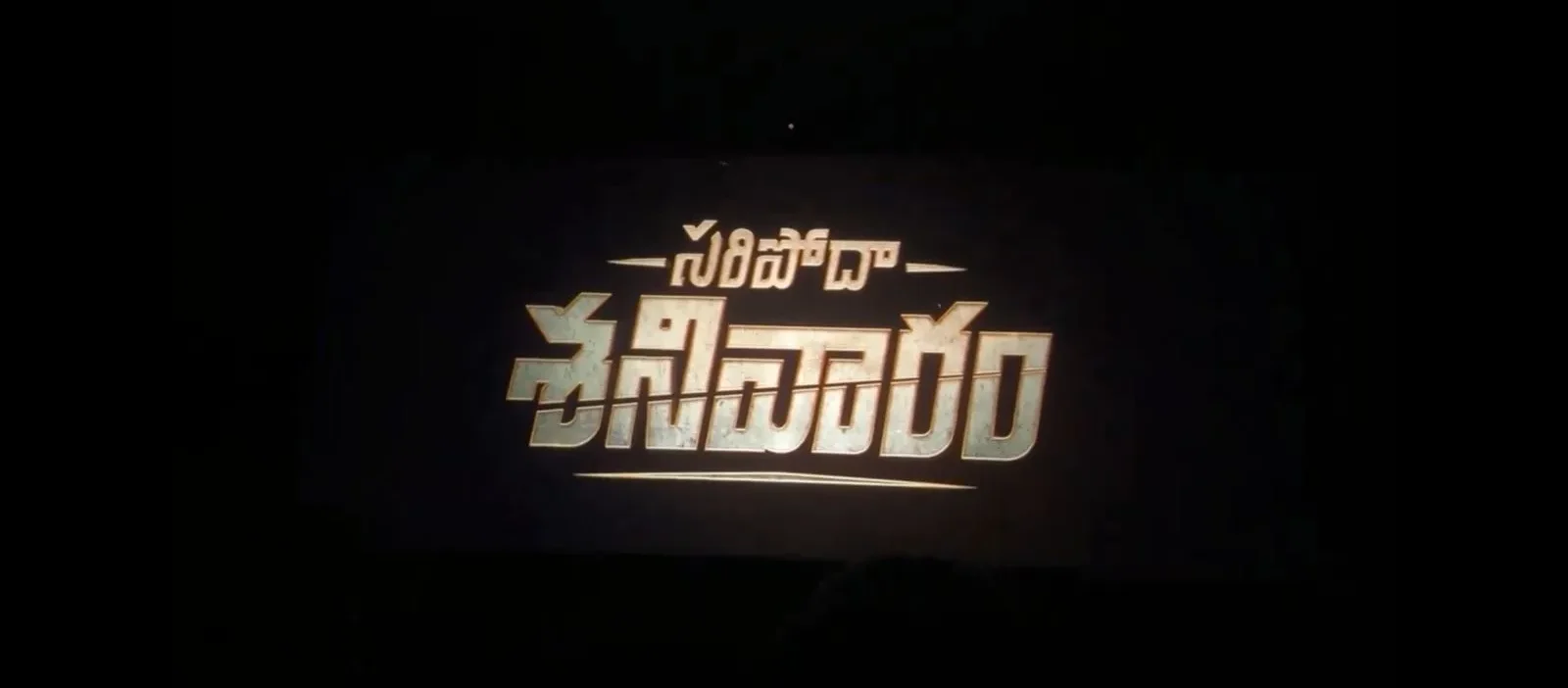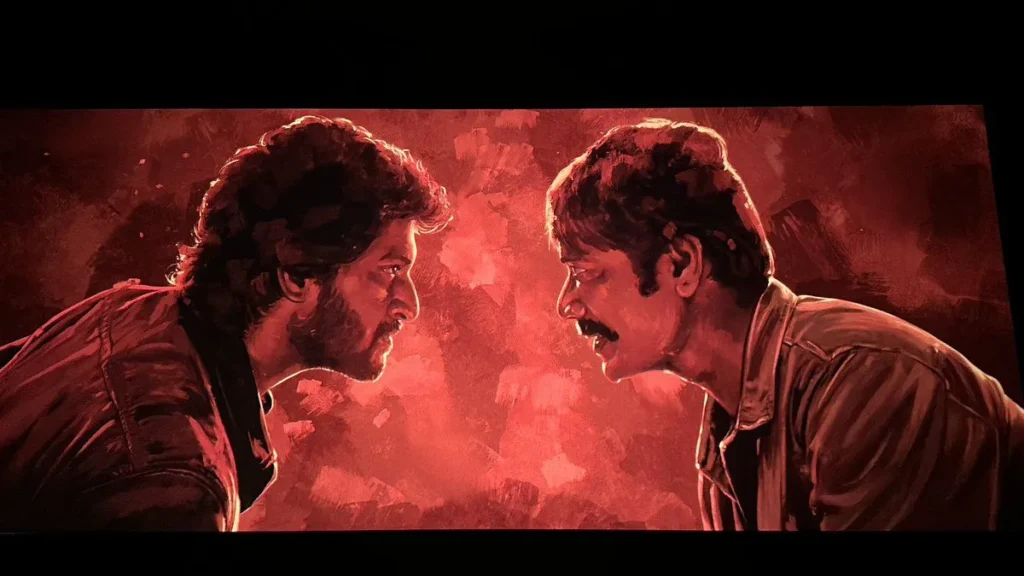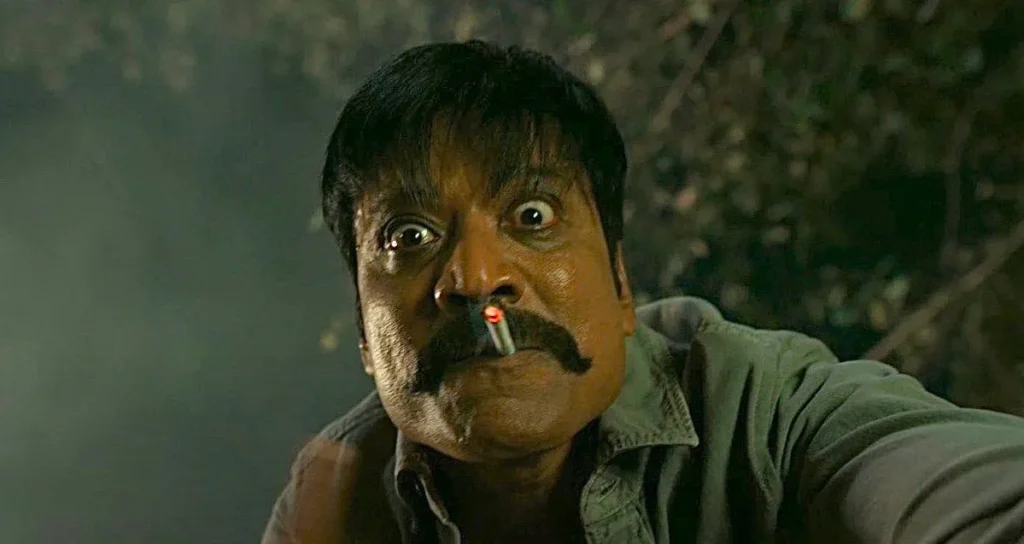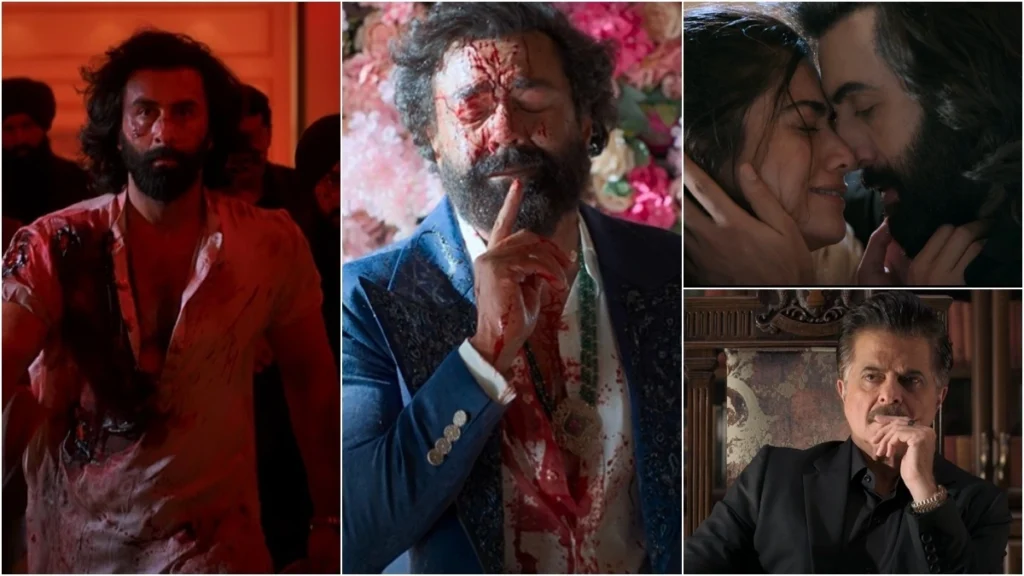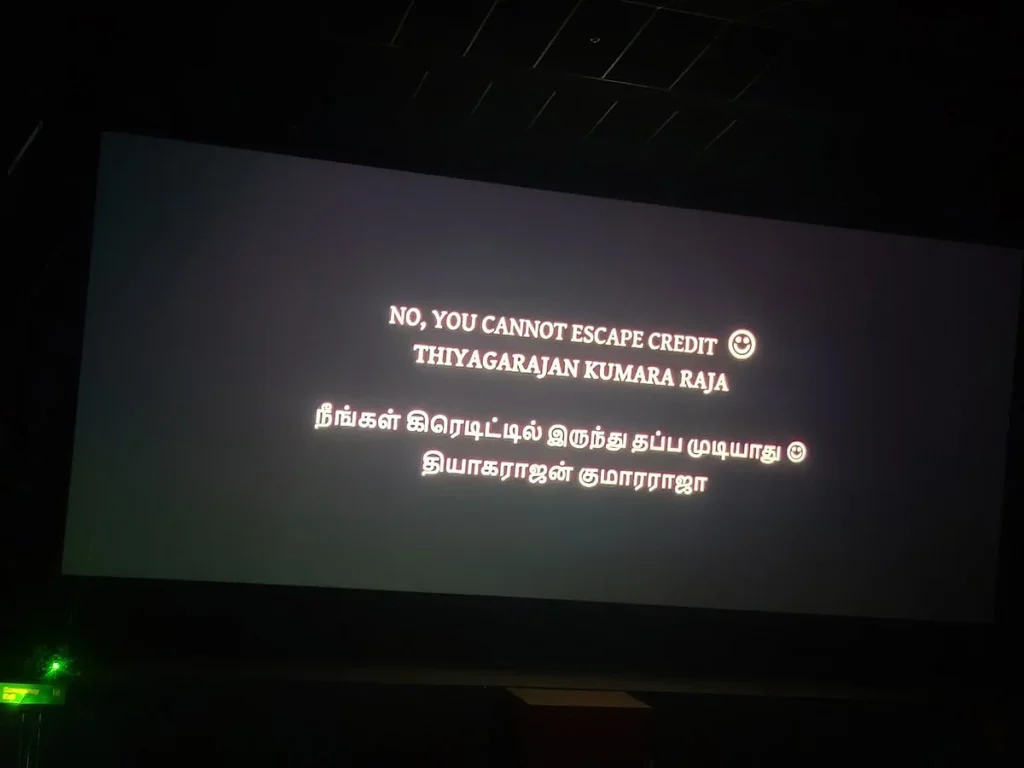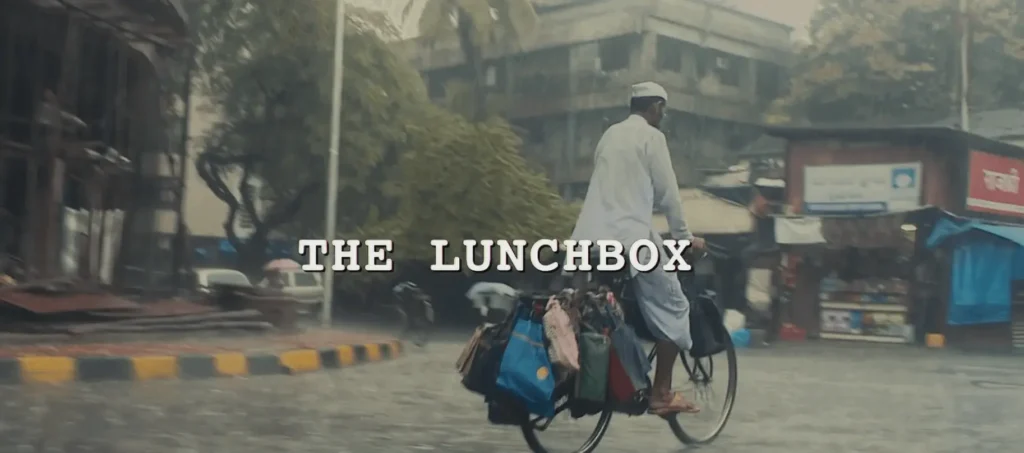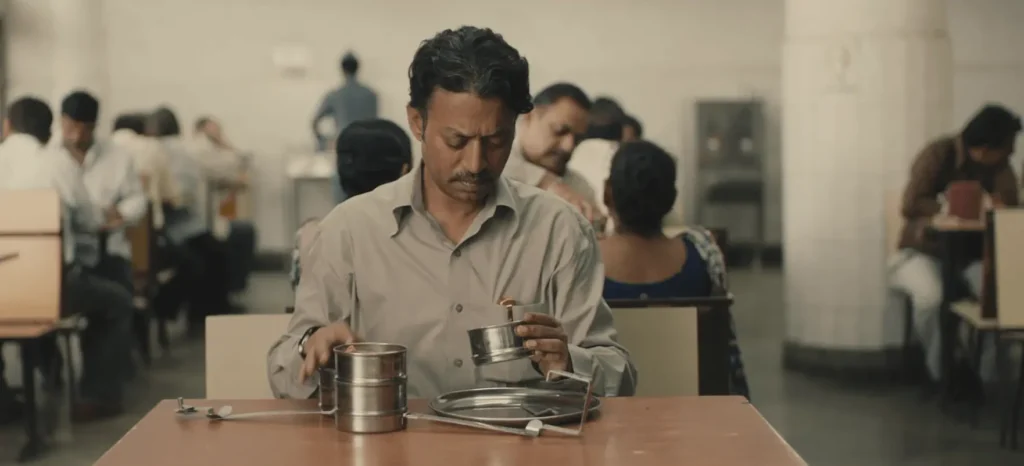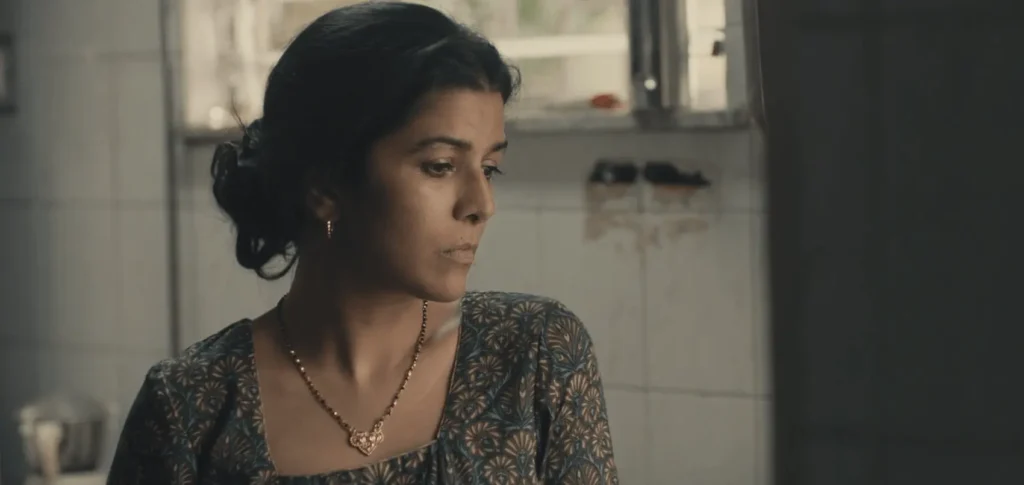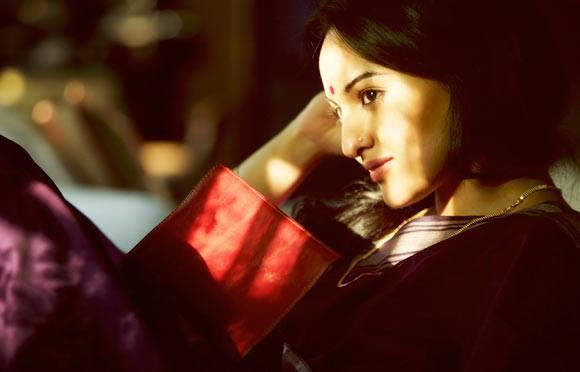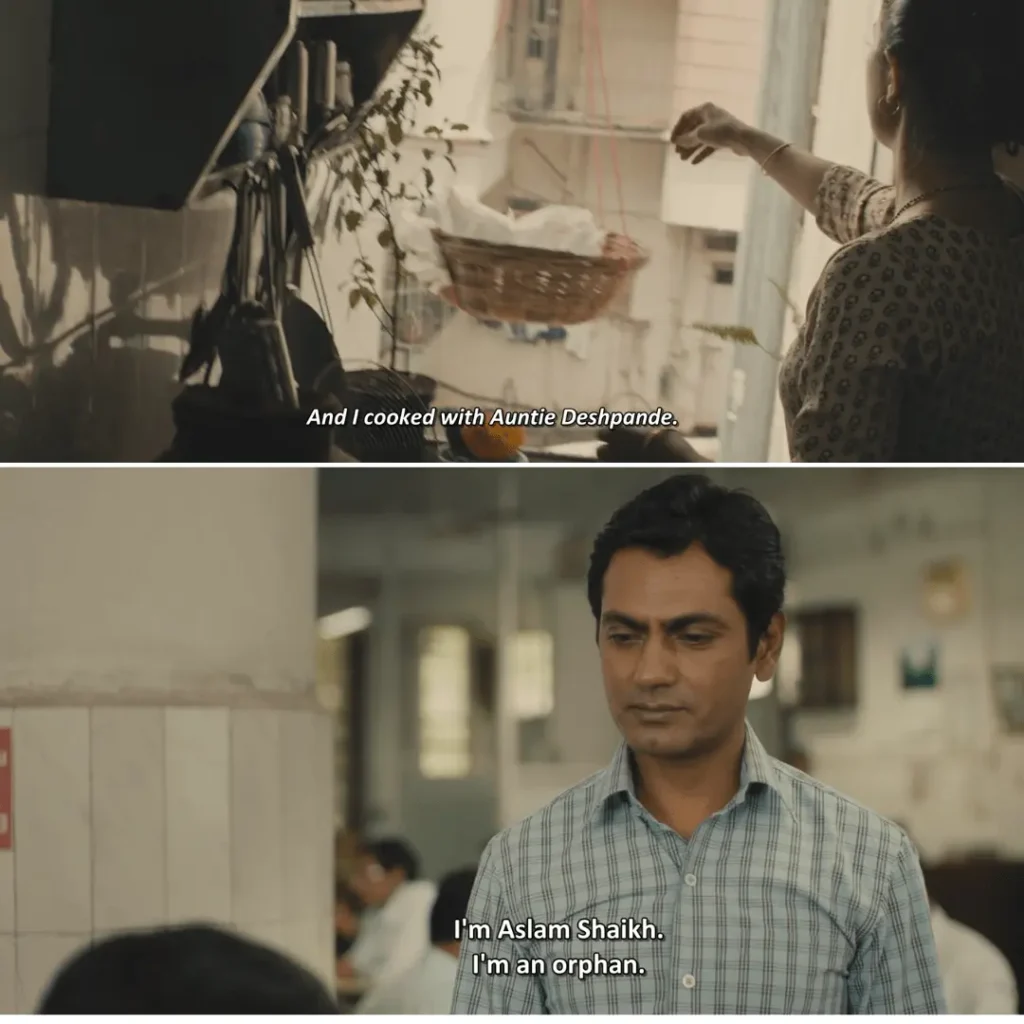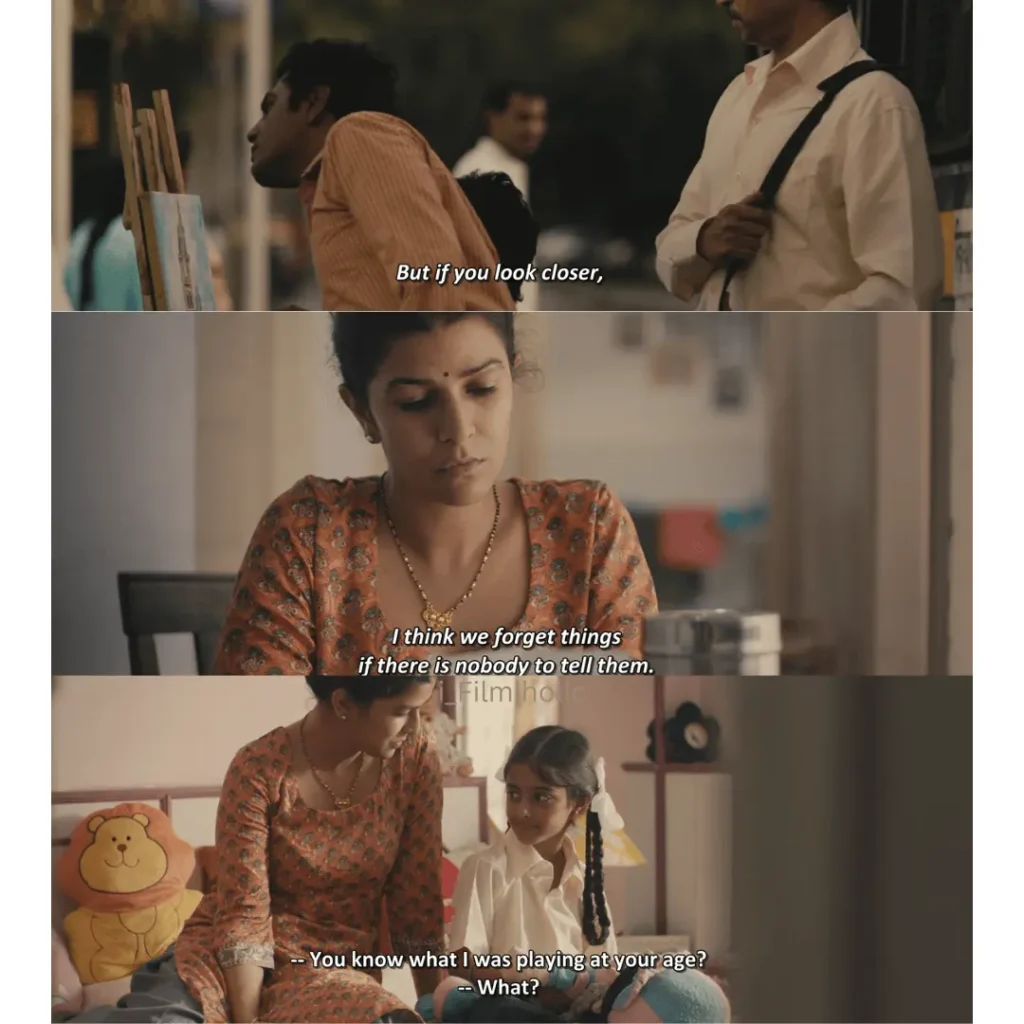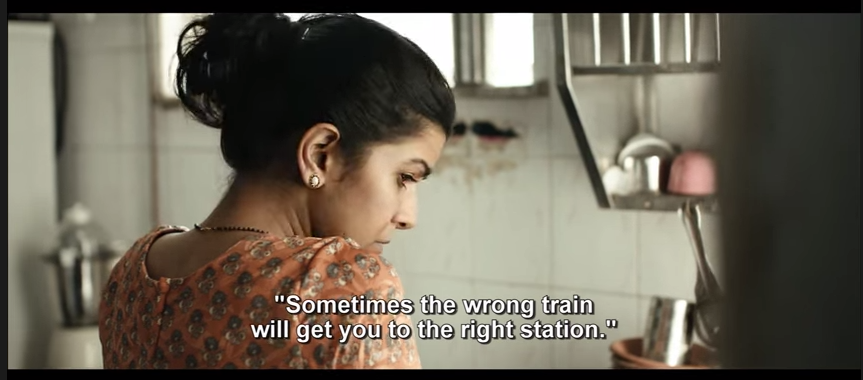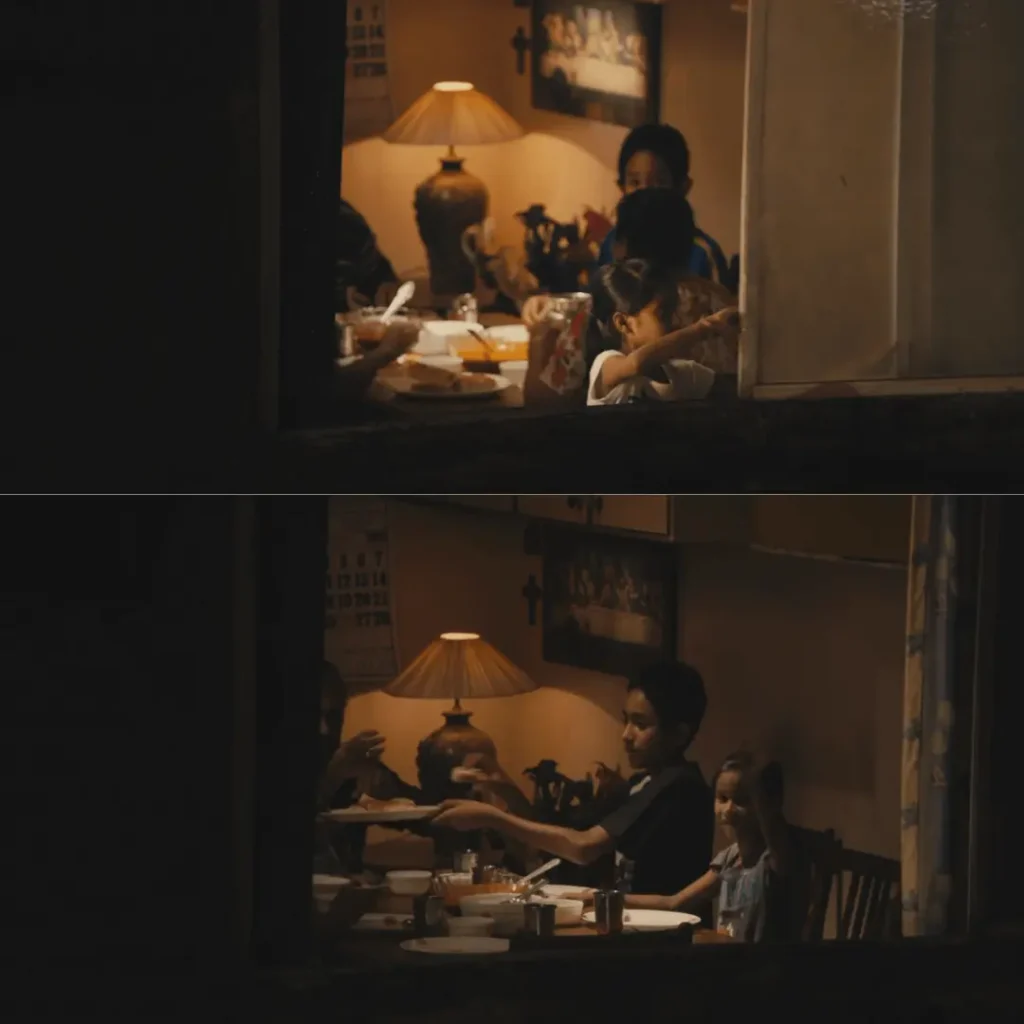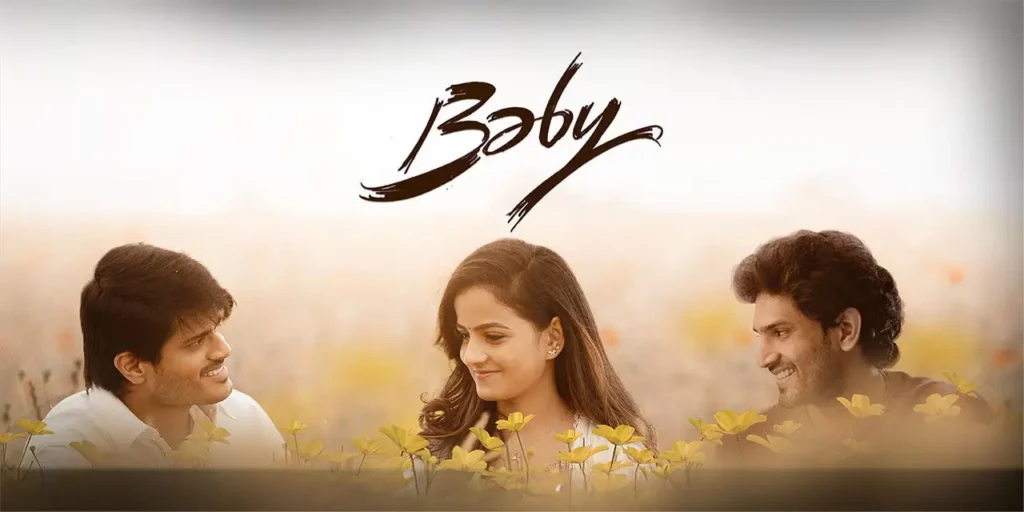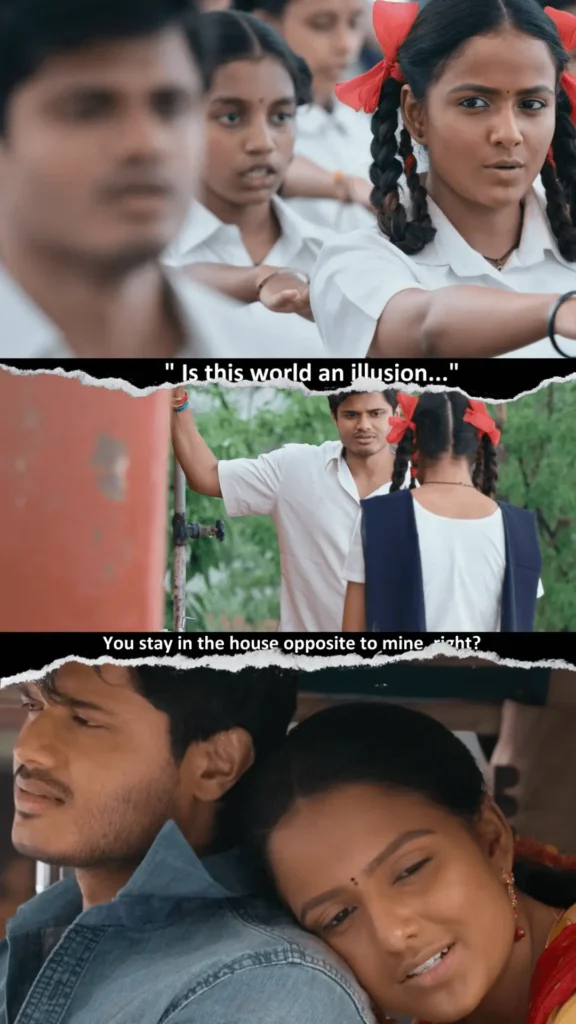What are the OTT releases, this week? With so many releases across platforms, here are 3 picks that I think are worth checking out. The Buckingham Murders, Vettaiyan and ARM are my suggestions. Why I pick those; scroll down to read more.
Devara- Grand Visuals, Bland Emotions
Platform: Netflix
Director: Koratala Siva
Cast: NTR, Saif Ali Khan, Janhvi Kapoor, Prakash Raj
Plot Synopsis: Devara
He faces challenges and hidden conflicts, especially with his ally Bhaira (Saif Ali Khan). Their differences cause tension among the clans. As Devara’s story unfolds, his son Vara (also NTR) and his love interest Thangam (Janhvi Kapoor) get involved in the family feud. The film ends on a big cliffhanger, similar to Baahubali.
Highlights: Devara
❤️ NTR shines in his dual role as Devara and Vara, bringing depth to complex characters.
❤️ Stunning cinematography and Anirudh Ravichander’s music elevate the film, adding a unique coastal atmosphere.
❌ The story is stretched, with an underwhelming romance subplot and a slower second half.
❌ Cliched and exaggerated events lack depth, and Janhvi Kapoor’s role feels underdeveloped.
Devara: Part 1 has its share of thrilling moments, but its stretched narrative holds it back from being entirely satisfying. Watch it on Netflix if you enjoy epic visuals and intense Telugu action drama.
Vettaiyan: A Powerful Message From A Weak Script
Platform: Amazon Prime Video
Director: TJ Gnanavel
Cast: Rajinikanth, Amitabh Bachchan, Fahadh Faasil, Dushara Vijayan, Ritika Singh
Plot Synopsis: Vettaiyan
Vettaiyan tackles the issue of fake encounter killings through the story of SP Athiyan (Rajinikanth), a tough cop. Guided by retired Judge Sathyadev (Amitabh Bachchan), Athiyan is on a mission to fix the system and get justice for Saranya (Dushara Vijayan), a young teacher who faced injustice.
Through Athiyan’s journey, the film explores the impact of quick justice and the real consequences of police power.
Highlights: Vettaiyan
❤️ Rajinikanth delivers a Superstar performance as a flawed hero, with Amitabh Bachchan adding depth to the narrative.
❤️ Fahadh Faasil as ‘Battery’ Patrick, adding a touch of humour and charm to the intense drama.
❌ The storyline leans on predictable twists, and some plot details, like Saranya’s tragic fate, feel unnecessarily overplayed.
❌ Despite its good intentions, the film struggles to balance Rajinikanth’s hero moments with a nuanced stand against encounters.
Vettaiyan blends Rajinikanth’s larger-than-life appeal with a message against fake encounters, making it a bold entry in Tamil cinema. For action and social commentary fans, it’s streaming now on Amazon Prime Video!
Janaka Aithe Ganaka: A Courtroom Comedy with Missed Opportunities
Platform: Aha
Director: Sandeep Reddy Bandla
Cast: Suhas, Goparaju Ramana, Sangeerthana Vipin, Murli Sharma, Vennela Kishore
Plot Synopsis: Janaka Aithe Ganaka
Janaka Aithe Ganaka centers on Prasad (Suhas), a middle-class salesman who decides with his wife to avoid parenthood due to financial worries. However, when they face unforeseen consequences, Prasad takes a surprising step by filing a legal case against a condom company, leading to chaotic courtroom drama.
Through his court battles, the film touches on themes like the challenges of raising a child, societal stigma, and financial struggles, all wrapped in humor that sometimes hits and misses.
Highlights: Janaka Aithe Ganaka
❤️ Suhas brings his genuine middle-class charm to the screen, capturing relatable emotions.
❤️ Vennela Kishore’s comedy manages to lighten up some heavy scenes, bringing some much-needed laughs.
❌ The film struggles to maintain focus, shifting between social issues without a clear direction.
❌ Courtroom scenes lack punch, with jokes and twists that feel forced and disconnected.
Janaka Aithe Ganaka has potential with its social themes but ultimately falls short, missing the impact a sharp comedy-drama can deliver. Streaming now on Aha if you’re up for a light-hearted but uneven ride!
The Buckingham Murders: Kareena Kapoor at Her Best
Platform: Netflix
Director: Hansal Mehta
Cast: Kareena Kapoor Khan, Ranveer Brar, Ash Tandon, Prabhleen Sandhu
Plot Synopsis: The Buckingham Murders
In The Buckingham Murders, Kareena Kapoor Khan stars as Jaspreet “Jass” Bhamra, a police officer grieving a personal tragedy. Seeking escape, she moves to England, hoping for peace, but instead finds herself drawn into the case of a missing teenager in a multicultural community. As she investigates, Jass battles her own inner conflicts while piecing together the complex mystery surrounding the crime.
Highlights: The Buckingham Murders
❤️ Kareena Kapoor Khan delivers a gripping performance, portraying both strength and vulnerability with ease.
❤️ The film thoughtfully weaves social themes into the suspense, making it more than just a whodunit.
❌ The storyline tries to cover many social issues, which might feel like too much for some viewers.
❌ The pacing may feel slow to those expecting a high-intensity thriller.
The Buckingham Murders combines mystery with meaningful commentary, making it a must-watch for fans of suspense with substance. Catch it now on Netflix for a thought-provoking experience.
Ajayante Randam Moshanam (ARM): A Visual Treat
Platform: Hotstar
Director: Jithin Laal
Cast: Tovino Thomas, Krithi Shetty, Surabhi Lakshmi, Basil Joseph
Plot Synopsis: Ajayante Randam Moshanam (ARM)
ARM follows the story of Ajayan (Tovino Thomas) and his two ancestors, Kunjikelu and Maniyan, all played by Tovino across three timelines. While Kunjikelu was a warrior, Maniyan is remembered as a thief, leaving Ajayan in the present to face the consequences of his family’s legacy.
Ajayan’s love interest blends real-life struggles with magical realism, bringing a unique mix of period thrillers and fantasy.
Highlights: Ajayante Randam Moshanam
❤️ Tovino Thomas shines in a triple role, bringing life and nuance to each character across timelines.
❤️ The stunning visuals and VFX work well within the film’s budget, especially in the rich folklore scenes.
❌ While the story starts strong, the middle feels predictable, with some themes losing impact due to over-explanation.
❌ Secondary characters, except for Surabhi Lakshmi, feel underdeveloped, which could have added depth.
Ajayante Randam Moshanam is a visual spectacle that balances history and fantasy, elevated by Tovino’s performance. If you enjoy folklore-inspired dramas with a touch of magic, this one’s worth the watch on Hotstar.
Citadel: Honey Bunny – Slick Action But Not A Sleek Script
Platform: Amazon Prime
Director: Raj & DK
Cast: Varun Dhawan, Samantha Ruth Prabhu, Kay Kay Menon, Shivankit Singh Parihar
Plot Synopsis: Citadel: Honey Bunny
Set across two timelines in 1992 and 2000, Citadel: Honey Bunny is a spinoff of the Russo Brothers’ Citadel. The story is about the lives of Rahi Gambhir aka Bunny (Varun Dhawan), a Bollywood stuntman moonlighting as a secret agent, and Hanimandakini aka Honey (Samantha Ruth Prabhu), a struggling actress turned agent. In 2000, as Honey flees from mysterious assassins, Bunny attempts to rescue her, leading to the origin story of Citadel.
Highlights: Honey Bunny
❤️ The action sequences are top-notch, with visually impressive, slick choreography that keeps you engaged.
❤️ Samantha Ruth Prabhu shines in her role, bringing strength and believability to her character, Honey.
❌ The plot is predictable, with twists that fall short, lacking the complexity fans expect from Raj & DK’s work.
❌ Despite great efforts, the overall story feels thin and repetitive, struggling to stay engaging.
While Honey Bunny is good with thrilling action and star-studded visuals, it misses the mark on story depth. If you’re in for the action, it’s worth a watch, but don’t expect too many surprises along the way. Available now on Amazon Prime.
Other OTT Releases
Telisinavaallu: A Quirky Thriller-Mystery
Platform: ETV Win
Director: Viplove Koneti
Cast: Ram Karthick, Hebah Patel, Naresh, Pavitra Lokesh, Jaya Prakash
Telisinavaallu is a half baked mix of family drama, romance, thriller, and mystery. Ram Karthick stars as the protagonist, with Hebah Patel in a fresh, never-seen-before role. Share your comments if you have watched this.
